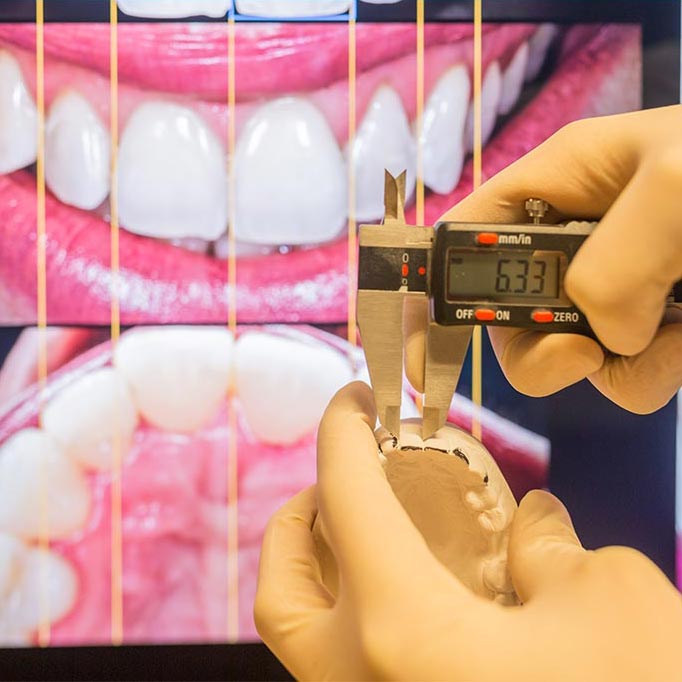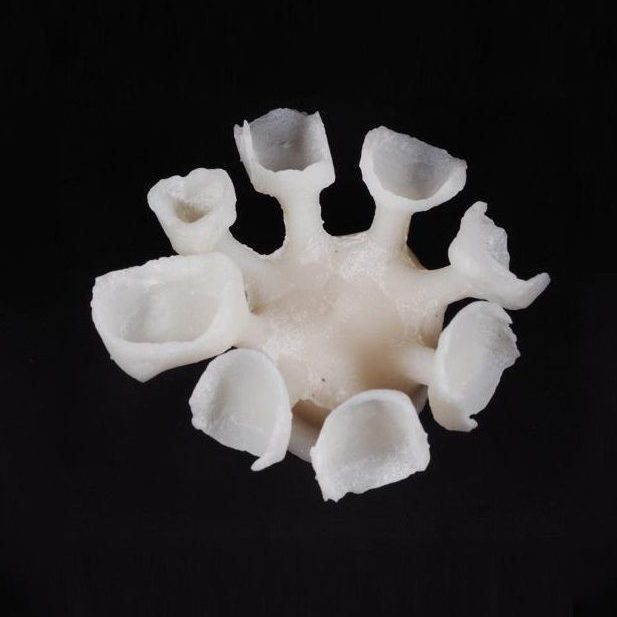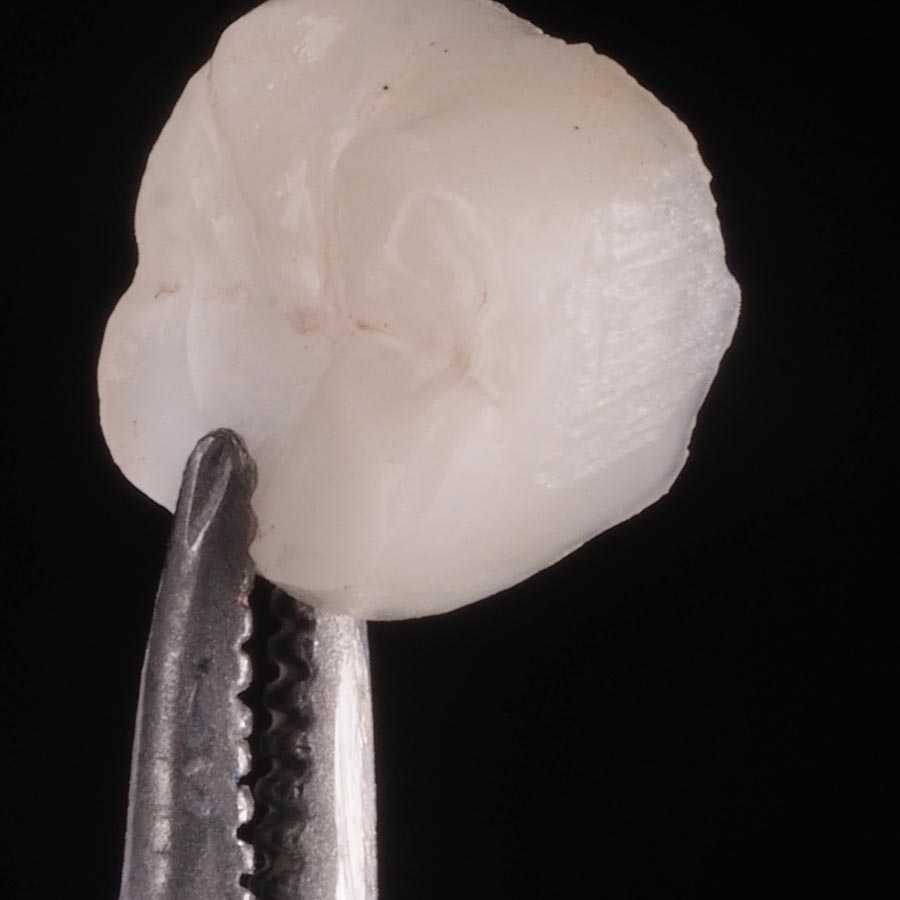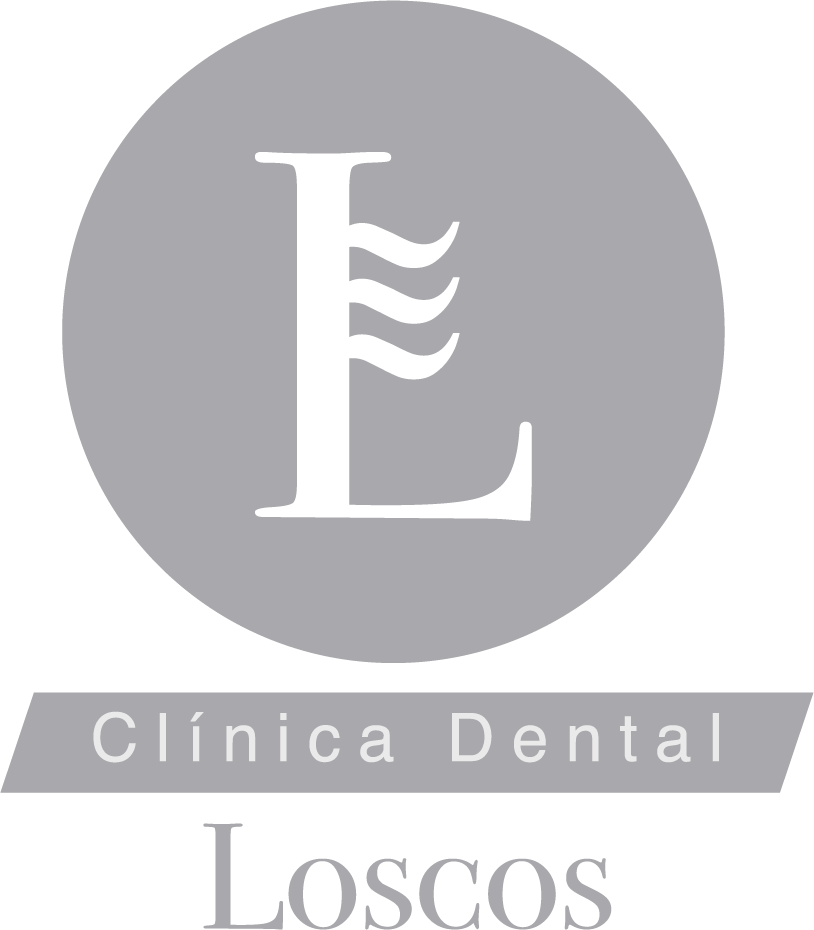Dental veneers
What are dental veneers?
Dental veneers are small prostheses that allow to correct misaligned, stained, separated, fractured or worn teeth only by touching a part of the tooth.
DSD: Digital smile design
The smile is an important part of our facial expression, for that reason every smile must be personalized, all treatment of veneers or aesthetic should start with a facial analysis.
Digital Smile Design (DSD) is a multi-purpose conceptual protocol that provides remarkable advantages: diagnostic capabilities are facilitated by an extra and intraoral aesthetic and structural evaluation, improved communication among team members that provide better visual perception.
DSD engages the patient in the design of their smile.
Types of dental veneers
Composite veneers
They offer a totally natural aesthetic both in color, shape and size without having to cause major alterations in the tooth structure.
Porcelain or feldspathic veneers
The veneers are fine pieces of porcelain that are used to recreate a natural appearance to the tooth, apart from providing strength and resistance comparable to enamel.
Lithium disilicate veneers (EMAX)
It is the new ceramic material that offers more resistance than other types of veneers and a great aesthetic because it offers a great translucency and a naturalness similar to the original tooth.
For this treatment we use the dental microscope, since it gives us greater precision and adjustment when placing them or making a better dental carving.
Lithium disilicate
The lithium disilicate has a natural hue, which allows the same color of the natural tooth and keep it for a prolonged period of time.
In addition, lithium disilicate provides durability and strength, making it less susceptible to fractures, allowing restorations to be more durable.
Another of its benefits is the high degree of translucency, which, unlike other materials, does not require the application of coating ceramics, which provides high aesthetic expectations.
Contact Lenses – Minimally invasive
The veneers is a minimally invasive treatment, usually requires a preparation of 0.2 to 0.5mm, but in some cases this preparation is not necessary, especially in cases of spaces and short teeth. These are the so-called veneers without preparation, without the use of anesthesia.
How we do it
We treat the veneers with the DSD technique (digital design of the smile), making the patient mock up, before touching their teeth, so that you can see how the treatment will look like at the end.
- We take some previous impressions and send to the laboratory.
- The same day of the carving we made provisional teeth.
- In the following appointment we place the veneers (approximately 7 days).
Dental Inlays
Dental incrustations are a conservative dental restoration that is performed when there is deep damage to the tooth. It is usually performed on molars or premolars that have suffered damage from a deep caries or some type of fissure or fracture as an alternative to dental crowns, whenever possible.
It is a minimally invasive treatment that is usually done in porcelain, a material that allows the tooth to return its natural appearance and also has great durability.
Frequently asked questions Dental veneers
ARE THE CARILLAS FRAGILE?
No. Veneers are one of the strongest materials that exist for their adhesion to tooth enamel.
HOW MANY CARILLAS DO I NEED FOR A NEW SMILE?
Depends on what we seek. But usually 6 to 8 veneers to look for a great harmony of the smile
CAN CROWDS BE PLACED IN ALL CASES?
In patients with a large crowding, it is best to perform an orthodontic treatment beforehand, such as Invisalign.
DOES THE COLOR OF THE CARILLAS CHANGE?
No. The color of the veneers remains unchanged
IS IT THE BEST SOLUTION FOR TETRACYCLINE TEETH?
Yes. The use of whitening in many cases does not produce a satisfactory color change of the teeth.






